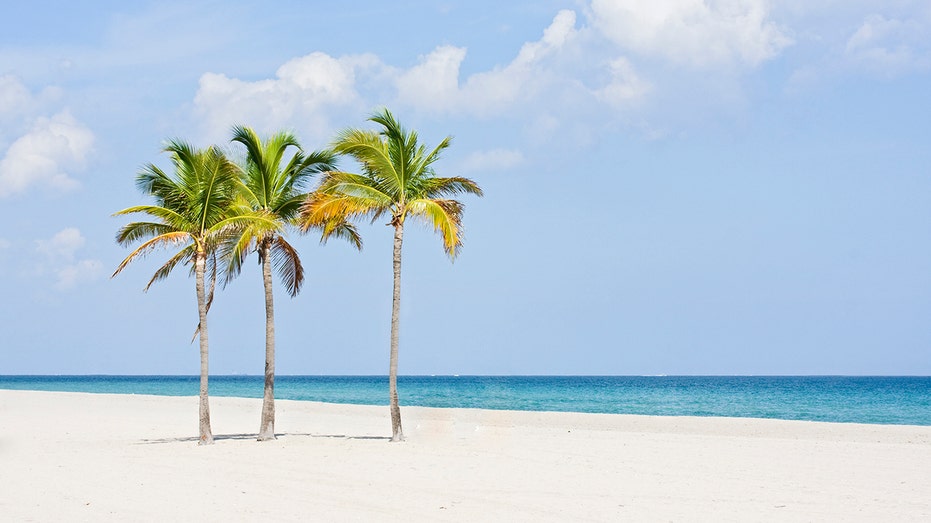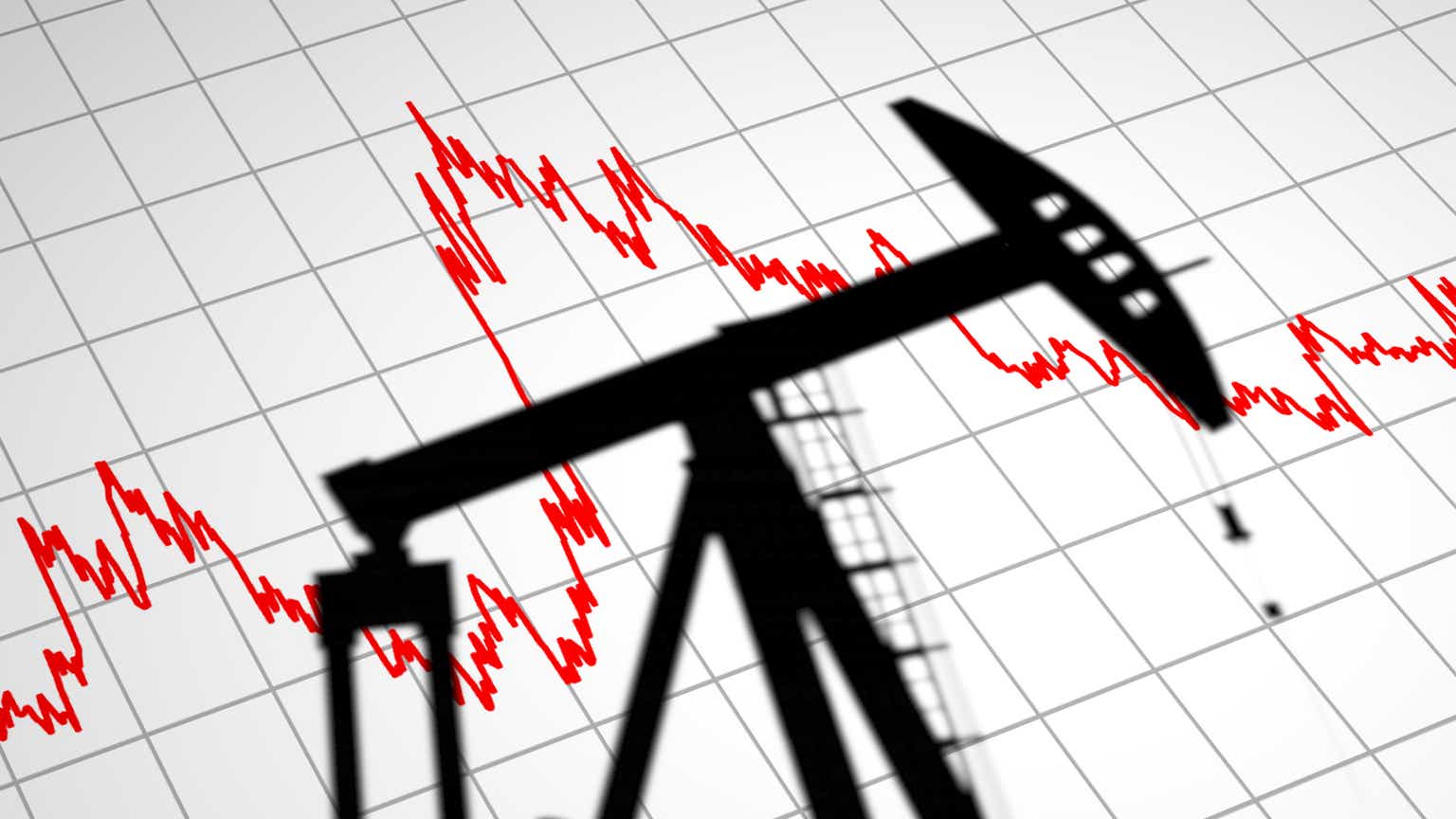9 top safe-haven states where jobs and home values are shielded from the trade war fallout
States less reliant on international trade will be more shielded from the trade war.
Grace Cary/Getty Images
- Consumers are worried about their jobs and home values amid the trade war.
- Some states are more insulated from the fallout of tariffs than others.
- These 9 state economies have the lowest exposure to international trade.
As President Donald Trump's trade war continues, consumers are worried about higher prices and potential layoffs, while businesses are sweating over higher import costs and waning foreign demand for their products.
They are dynamics that economists say could throw the US into recession. They're also likely to have an outsize impact on certain local economies more exposed to international trade. That would be bad news for home values in those places at risk.
But there are pockets around the country that are more shielded from tariffs than others.
Tariff impacts will likely vary by state, depending on how much of the state's GDP is comprised of exports to foreign countries, according to an analysis done by the National Association of Realtors (NAR).
"Less trade-dependent states tend to have more diversified service-based economies, and they've added jobs at a faster pace," Nadia Evangelou, a senior economist at the NAR, told Business Insider.
"In many of these states, job creation has attracted new residents and supported steady housing demand. That can drive up both home construction and price appreciation over the long term," Evangelou added.
Evangelou categorizes a state as trade-reliant if exports account for more than 7% of its total GDP. Some states, like Louisiana, have over 25% of their GDPs tied up in exports to countries like China and Mexico. On the opposite end of the spectrum, only 0.4% of Hawaii's GDP comes from foreign exports.
States with smaller export shares are more shielded from global supply chain disruptions. These states usually have more stable job markets as their economies tend to focus more on services in finance, tourism, or entertainment. This, in turn, increases housing demand in urban and suburban areas, Evangelou said.
The gap between high and low trade-reliant states isn't just present in times of economic crisis — historically, home prices have appreciated faster in states with lower international exposure. Over the last 30 years, home prices in low trade-reliant states rose 291% on average, while high trade-reliant states only gained 237%, according to the NAR.
If you're thinking of moving and buying a house this spring, or if you're wondering if your home's value will take a hit from the trade war, take a look below at the top 9 states that are most insulated from the trade war, according to the NAR. Washington, DC, while not a state, also made the list.






































































